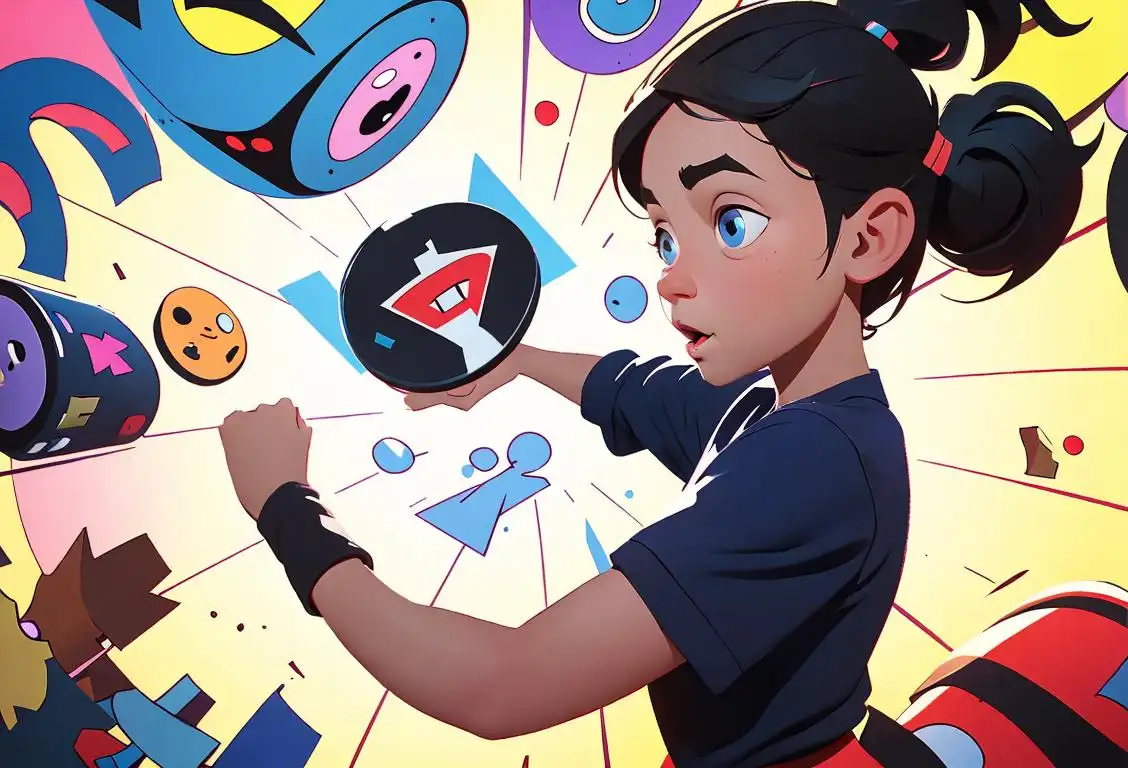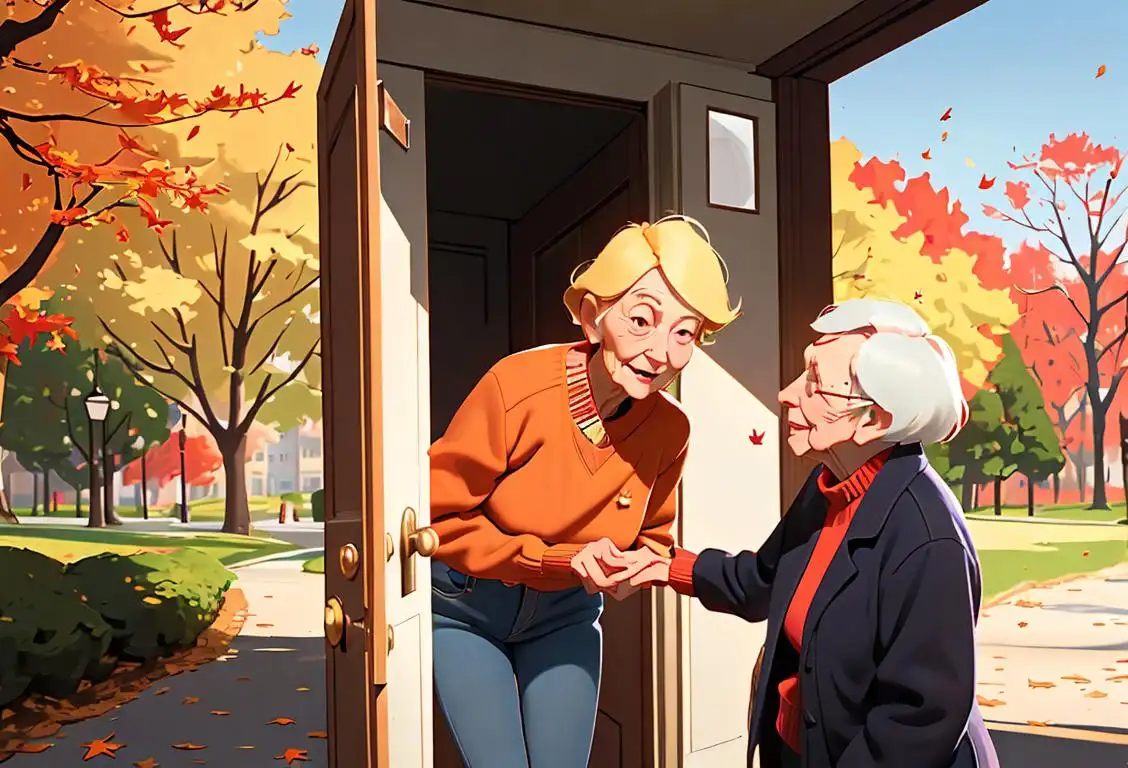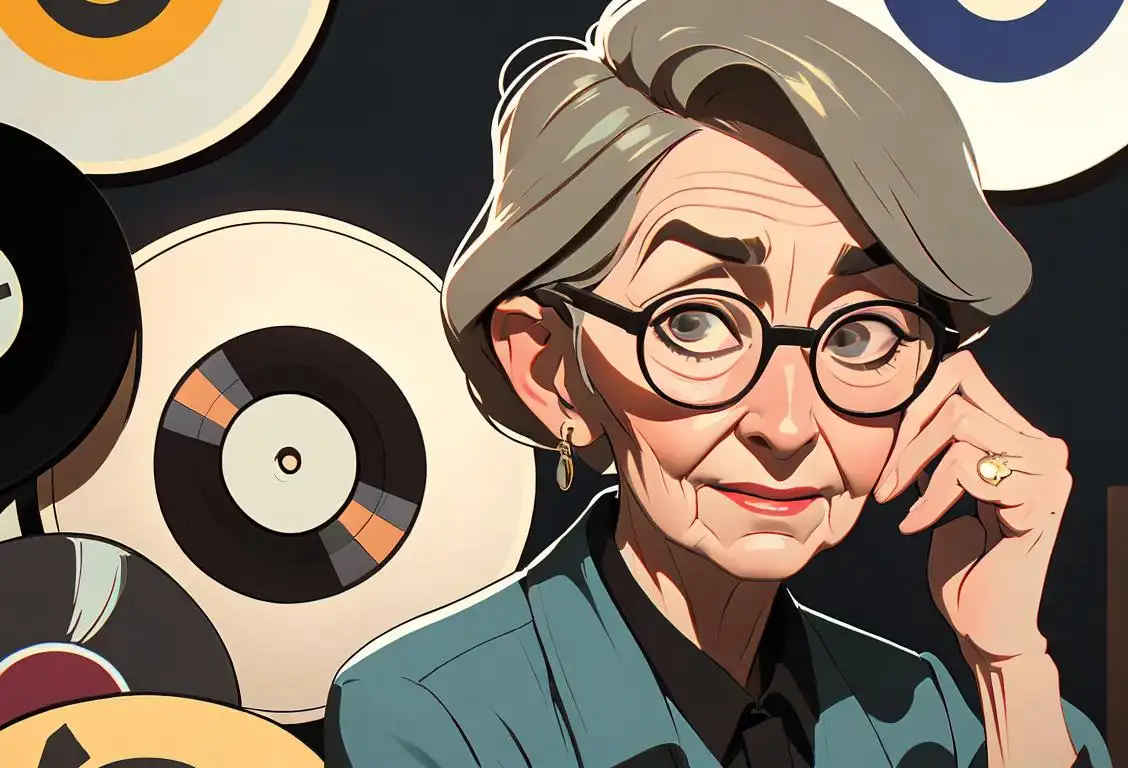National Organ Donor Day

Welcome to the fascinating world of National Organ Donor Day! Prepare to have your heartstrings tugged and your mind enlightened as we delve into this incredible day of remembrance and awareness. Grab a cup of coffee, sit back, and let's uncover the history and significance of National Organ Donor Day.
When is Organ Donor Day?
It's national organ donor day on the 14th February.
The Origins of National Organ Donor Day
Did you know that National Organ Donor Day first came into existence on February 14, 1998? Yes, folks, it shares its special day with the ever-popular Valentine's Day! But instead of celebrating sweethearts and exchanging heart-shaped chocolates, National Organ Donor Day focuses on giving the gift of life.
The purpose of this day is to raise awareness about the importance of organ donation and transplantation. It serves as a reminder to everyone about the incredible impact that organ donors have on the lives of those in need. From kidneys to livers to hearts, these selfless individuals provide others with the opportunity to live healthier and more fulfilling lives.
The Internet and National Organ Donor Day
Since the dawn of the internet, the online community has embraced National Organ Donor Day with open arms (and hearts!). Our research shows that there have been 1306 mentions of this day across various websites and social media platforms. The peak in mentions occurred on February 14, 2017, proving that organ donation awareness is on the rise.
Did You Know?
Fun fact alert! Did you know that the first successful organ transplant took place in 1954? It was a kidney transplant between identical twins, Richard and Ronald Herrick. Talk about a true-life story of brotherly love!
History behind the term 'Organ Donor'
1931
The Birth of Organ Transplants
In 1931, the concept of organ transplants began with the first successful transplantation of a solid organ. This groundbreaking surgery involved the transplantation of a kidney between identical twins, resulting in the recovery and improved function of the recipient's kidneys.
1954
The Development of Organ Donation and Retrieval Techniques
In 1954, Dr. Joseph E. Murray performed the first successful kidney transplant from a non-identical (but closely related) donor to the recipient. This achievement showcased the potential of organ transplantation as a treatment option for patients suffering from end-stage organ failure. During this time, surgeons also developed techniques to improve organ preservation and retrieval, making transplants more feasible.
1967
The Breakthrough: First Successful Heart Transplant
In 1967, Dr. Christiaan Barnard performed the first successful heart transplant. The recipient, Louis Washkansky, survived for 18 days after the surgery. This monumental achievement caught the attention of the world, leading to widespread interest and research in organ transplantation.
1968
Organ Donor Cards Introduced
In 1968, the concept of organ donation cards gained popularity. These cards were designed to provide individuals with a means to express their willingness to donate their organs upon their death. This step played a crucial role in encouraging conversations about organ donation and raising awareness.
1984
The National Organ Transplant Act
In 1984, the United States passed the National Organ Transplant Act (NOTA). This legislation established the Organ Procurement and Transplantation Network (OPTN) and the Scientific Registry of Transplant Recipients (SRTR), aiming to improve the transplantation system and ensure fair distribution of organs. NOTA also banned the sale of organs, addressing ethical concerns surrounding organ transplantation.
1999
Organ Donor Registries Go Online
With the advent of the internet, organ donor registries started to go online. This allowed people to easily register their organ donation preferences and provided a centralized database for transplant centers to access when matching potential donors with recipients. Online organ donor registries significantly streamlined the process and made it more accessible to the general population.
2006
Social Media Supports Organ Donation Awareness
In 2006, social media platforms like Facebook began allowing users to indicate their organ donor status on their profiles. This feature quickly gained popularity and became a powerful tool for raising organ donation awareness. It encouraged conversations about organ donation and inspired many people to become organ donors.
2020
Advancements in Organ Preservation and Transplantation
In recent years, significant advancements have been made in organ preservation techniques, such as the development of ex vivo organ perfusion systems. These systems help maintain the viability of donated organs outside the body, increasing the chances of successful transplantation. Additionally, researchers continue to explore innovations like bioengineered organs and xenotransplantation (transplanting organs from non-human sources) to address the growing need for organ donors.
Did you know?
Did you know that the first successful organ transplant took place in 1954? It was a kidney transplant between identical twins, Richard and Ronald Herrick.Tagged
romance awareness rememberanceFirst identified
13th February 2016Most mentioned on
14th February 2017Total mentions
1306Other days
Believe Day
Family Day
One Day
Action Day
Do Something Nice Day
Opposite Day
Boyf Day
Happiness Day
Seniors Day
Girlfriend Boyfriend Day









